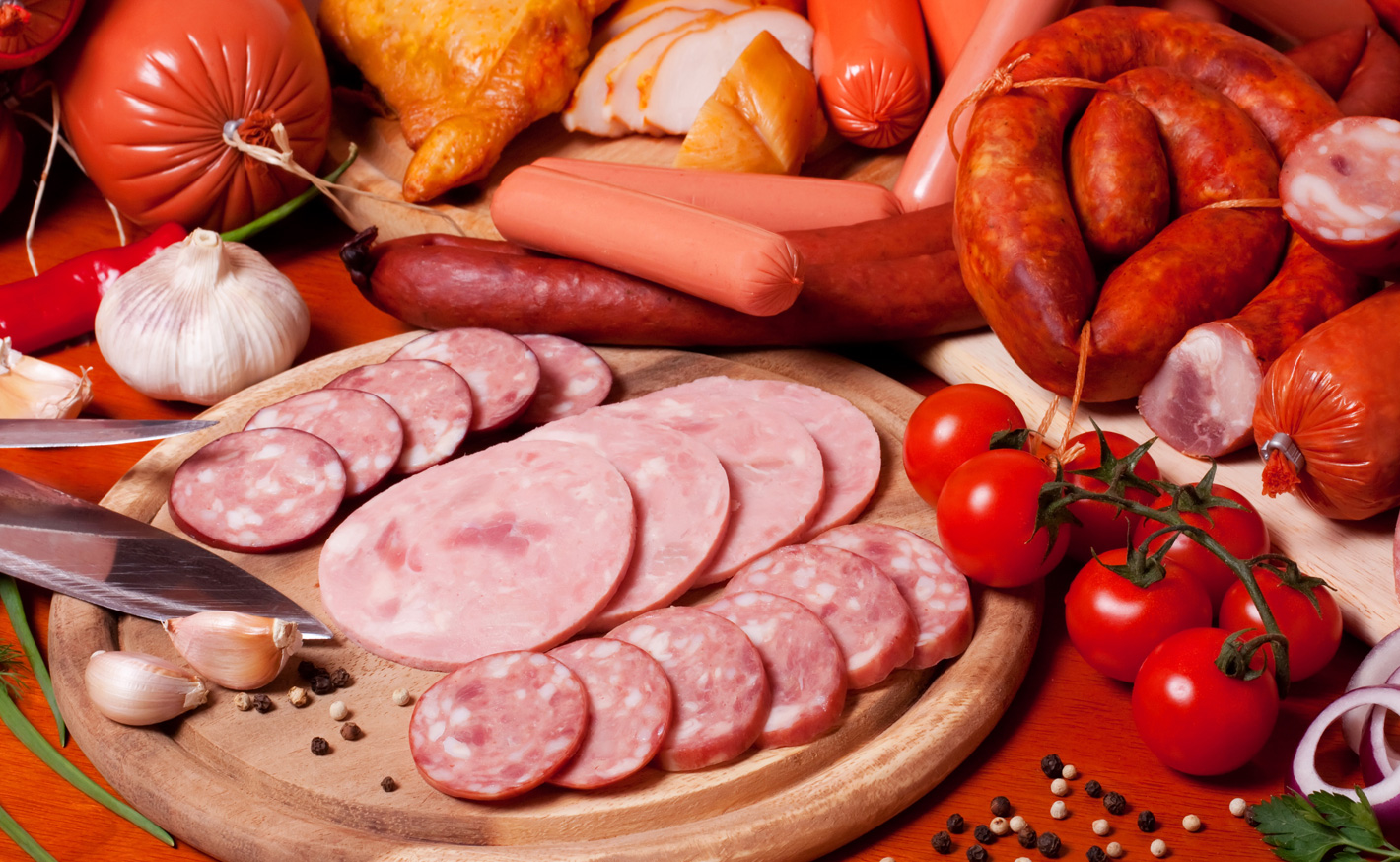As meat products have a special place in the basket of food products consumed by Iranian households, the domestic industry has been working hard to keep pace with demand.
So much so that the processed meat industry has been thriving fast enough to the point where it is expected to increase its share in non-oil exports in the next decade.
In a pamphlet recently published on Iran's food industry, the Persian newspaper Donya-e-Eqtesad presented a promising image of Iran's meat industry with growth prospects that can pave the way for self-sufficiency, job creation and sustainable development.
Currently, Iran has 150 meat production units with an aggregate capital of over 12 trillion rials ($320.59 million).
As Majid Aflaki, secretary of Processed Meat Industries Association, explains that a top priority for Iran over the years has been to fully meet domestic demand for meat, which has materialized.
Last Iranian year (March 2016-17), according to Aflaki, not only local producers met the entire 500,000-ton domestic demand, but they also exported 4,000 tons of meat products during the period.
"We have a long way ahead of us when it comes to exports. We're at the beginning of the road, but we're hoping to raise our annual exports to 20,000 tons by the [Iranian] year 1400 (March 2021-22)," he said.
The official said Turkey, France, Brazil, Germany and Russia are Iran's most important rivals. He stressed the importance of price and quality for Iranian exporters to maintain their competitive edge in international markets, adding that transfer of up-to-date technology, supply of quality raw materials and the government's support are pivotal to this end.
"Although the quality of our products is as good as those of our foreign counterparts, our prices are comparatively higher," he said.
Aflaki said plans are underway to increase domestic meat production to 1 million tons per year in the course of the sixth five-year development plan (2017-22).
Iran's development plans, prepared by the Planning and Budget Organization in consultation with the lawmakers and the Guardians Council, provide the broad directions for a wide range of economic reforms and social priorities over the five years to come.
The global production of meat products stood at close to 320 million tons in 2016, up by 0.2% year-on-year. The value of the market was estimated at $714 billion in the same year while it is predicted to reach $1.5 billion by 2022 to register a 14% growth.
According to Food and Agriculture Organization of the United Nations, in 2016, the US, the European Union, Brazil, India, Mexico, Canada and Russia were the biggest producers of processed meat products.
The global trade of processed meat products reached 31.1 million tons, registering an increase of 4.4% year over year. It seems the global population growth is directly linked to growth in meat industries and these industries are expected to grow in the coming years.
In Iran, the meat industry has helped create over 20,000 direct and 75,000 indirect jobs.


